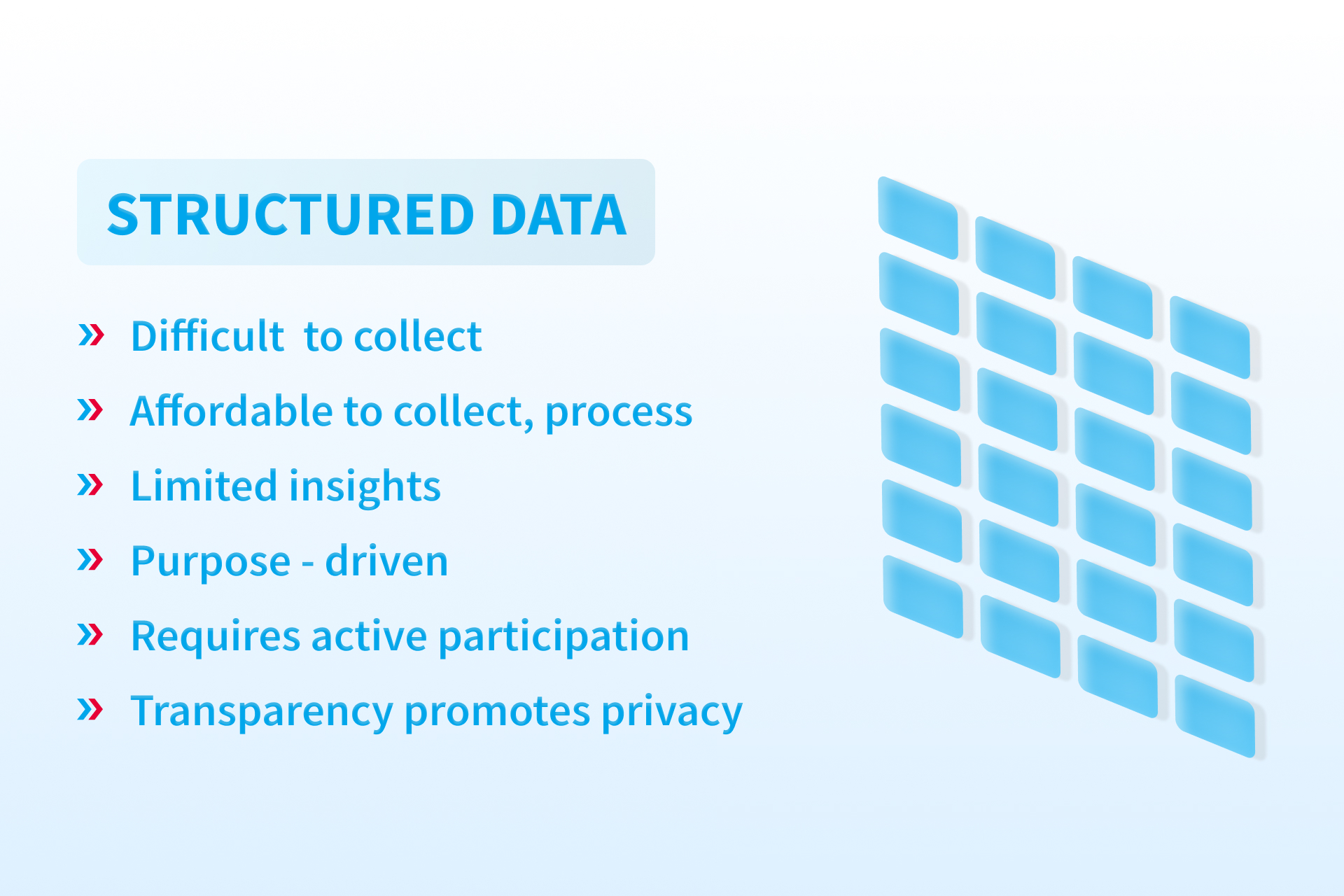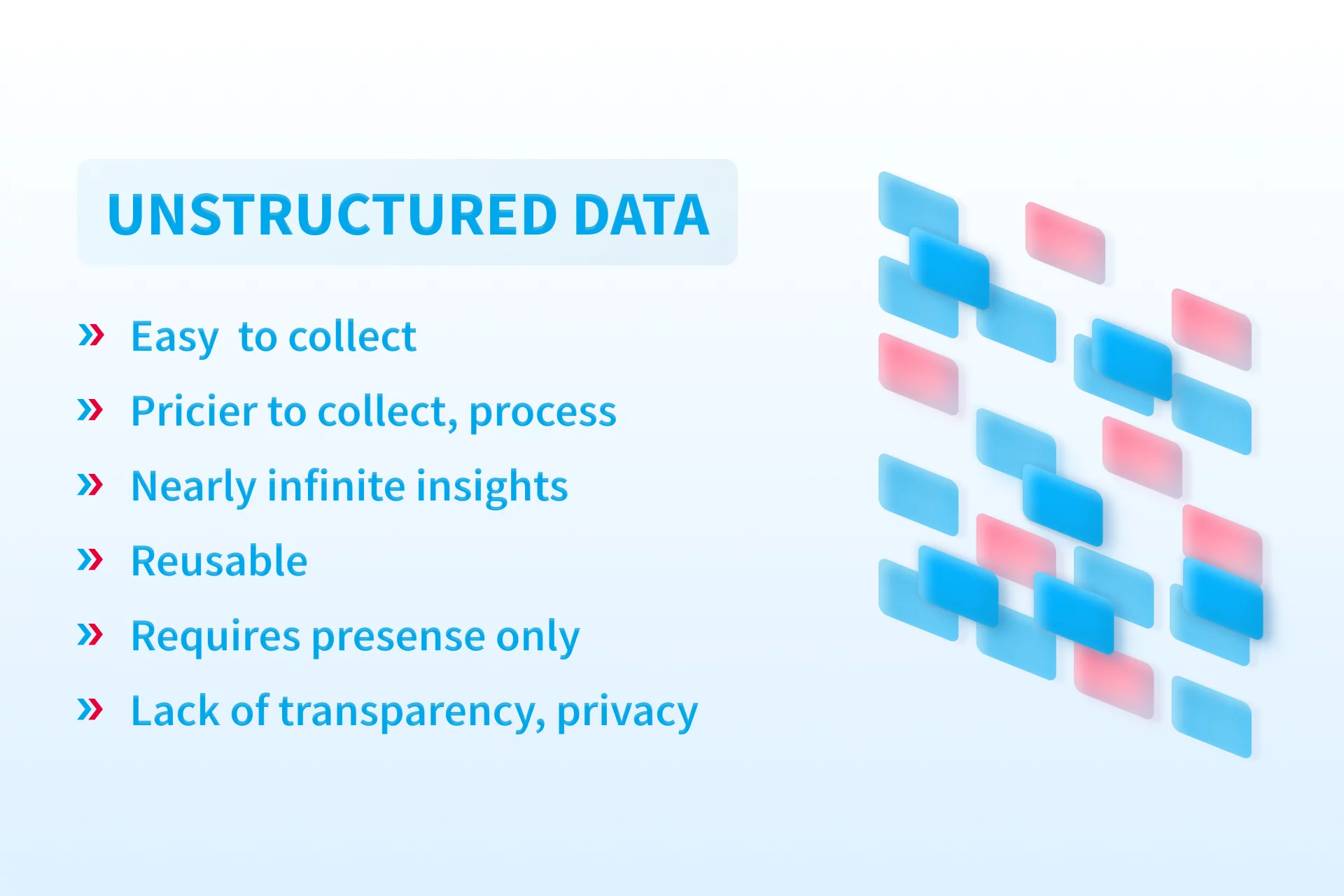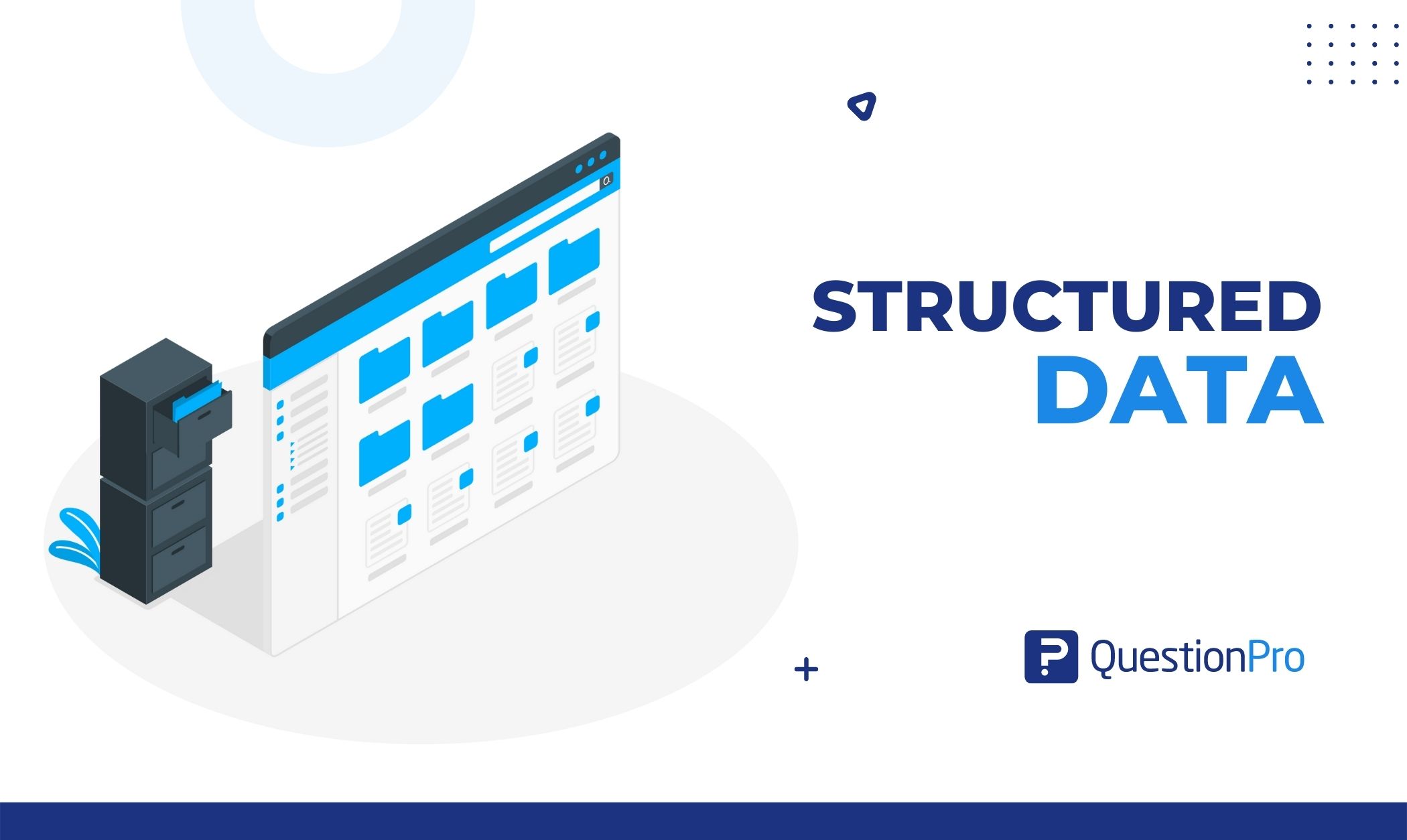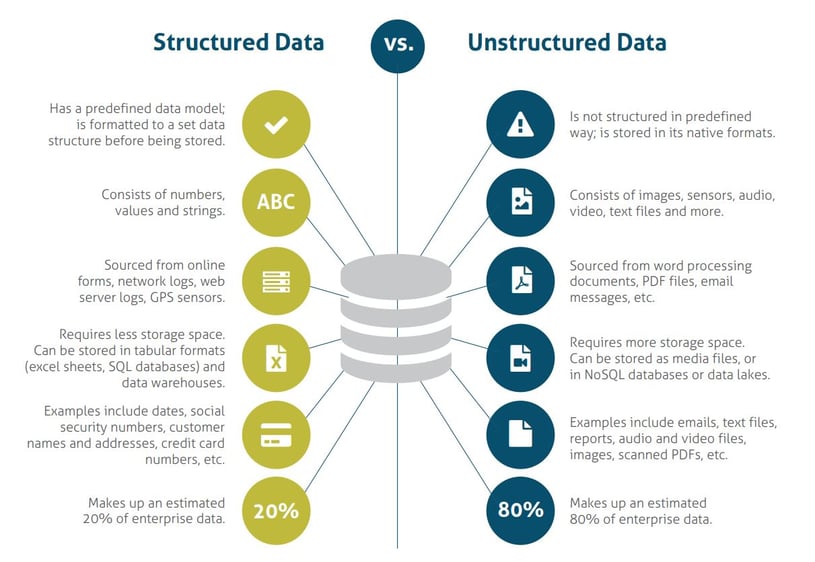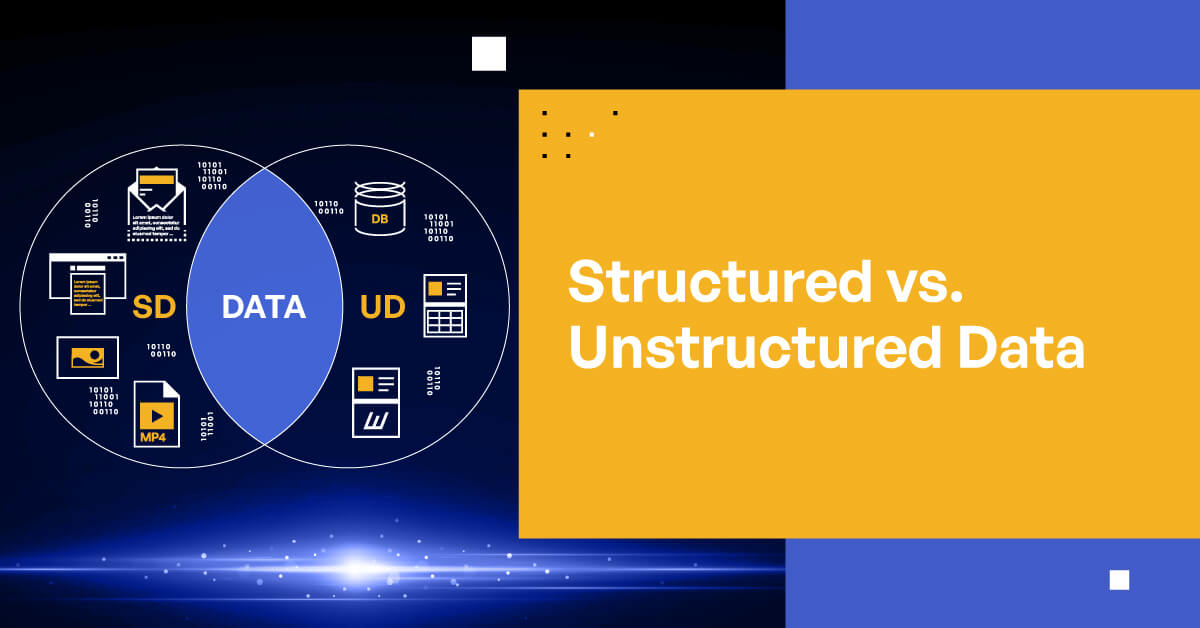What is Data? A Brief Overview
Data is a collection of facts, figures, and information that is used to make informed decisions and drive business growth. In the modern world, data has become an essential asset for organizations of all sizes and industries. It is used to analyze trends, identify opportunities, and measure performance. Data can be classified into two main categories: structured and unstructured. Structured data is organized and stored in a predefined format, making it easy to search, analyze, and manage. Examples of structured data include customer information, sales figures, and financial transactions. On the other hand, unstructured data lacks a predefined format and is difficult to organize and analyze. Examples of unstructured data include emails, social media posts, and audio and video recordings.
Structured Data: Definition and Examples
Structured data is a type of data that is organized and stored in a predefined format. It is easy to search, analyze, and manage because it follows a specific structure. Structured data can be stored in a variety of formats, including spreadsheets, databases, and tables. Examples of structured data include customer information, sales figures, and financial transactions. For instance, a customer database may contain information such as customer names, addresses, phone numbers, and email addresses. Similarly, a sales database may contain information such as sales figures, product names, and customer details.
Structured data is typically organized in a tabular format, with rows and columns. Each row represents a record, and each column represents a field. This format makes it easy to search, sort, and filter data based on specific criteria. For example, a sales database can be filtered to show sales figures for a specific product or time period.
Unstructured Data: Definition and Examples
Unstructured data is a type of data that does not have a predefined format or structure. It is difficult to organize, manage, and analyze because it lacks a specific structure. Examples of unstructured data include emails, social media posts, audio and video recordings, and word processing documents. Unstructured data does not follow a specific format, making it challenging to search, sort, and filter. It is often stored in a variety of formats, including text files, multimedia files, and email messages.
Unstructured data can be challenging to analyze because it lacks a specific format. However, with the help of advanced analytics tools and techniques, it is possible to extract valuable insights from unstructured data. For instance, natural language processing (NLP) techniques can be used to analyze text data, while image and video recognition technologies can be used to analyze multimedia data.
How to Differentiate Between Structured and Unstructured Data
Structured and unstructured data are two main categories of data that are used in the modern world. While structured data is organized and stored in a predefined format, unstructured data lacks a predefined structure and is difficult to organize and analyze.
Importance of Structured and Unstructured Data
In today’s digital world, data has become an essential asset for businesses of all sizes and industries. Structured and unstructured data are two main categories of data that are used to make informed decisions and drive business growth. Structured data is organized and stored in a predefined format, making it easy to search, analyze, and manage. It is typically stored in databases, spreadsheets, and other structured formats. Examples of structured data include customer information, sales figures, and financial transactions. Structured data is critical for businesses as it provides insights into customer behavior, sales trends, and financial performance.
On the other hand, unstructured data lacks a predefined structure and is difficult to organize and analyze. It includes data from various sources, such as emails, social media posts, audio and video recordings, and word processing documents. Although unstructured data is challenging to manage, it contains valuable insights that can help businesses make informed decisions. For instance, social media posts can provide insights into customer sentiment, while audio and video recordings can be used to analyze customer behavior.
In various industries, structured and unstructured data play a crucial role in driving business growth. For instance, in the healthcare industry, structured data is used to maintain patient records, while unstructured data, such as medical images and doctor’s notes, is used to diagnose and treat patients. Similarly, in the retail industry, structured data is used to manage inventory and sales, while unstructured data, such as customer reviews and social media posts, is used to understand customer preferences and behavior.
To make informed decisions, businesses need to analyze both structured and unstructured data. However, analyzing unstructured data can be challenging due to its lack of a predefined structure. Therefore, businesses need to use advanced analytics tools and techniques, such as natural language processing (NLP) and machine learning, to extract valuable insights from unstructured data.
In conclusion, structured and unstructured data are essential for businesses to make informed decisions and drive growth. While structured data is organized and stored in a predefined format, unstructured data lacks a predefined structure and is difficult to organize and analyze. However, with the help of advanced analytics tools and techniques, businesses can extract valuable insights from both structured and unstructured data.
Challenges in Handling Structured and Unstructured Data
While structured and unstructured data are essential for businesses to make informed decisions and drive growth, handling them can be challenging. Structured data is organized and stored in a predefined format, making it easy to search, analyze, and manage. However, integrating structured data from different sources can be challenging due to differences in data formats, standards, and systems.
Tools and Technologies for Managing Structured and Unstructured Data
Managing large volumes of structured and unstructured data can be challenging for organizations. However, with the help of various tools and technologies, businesses can efficiently store, process, and analyze their data. Relational databases are commonly used for managing structured data. They provide a predefined structure for storing data in tables, with rows and columns. Examples of relational databases include MySQL, Oracle, and Microsoft SQL Server. These databases offer features such as data integrity, security, and scalability, making them ideal for managing structured data.
On the other hand, NoSQL databases are used for managing unstructured data. They provide a flexible data model that can handle various data types, including text, audio, and video. Examples of NoSQL databases include MongoDB, Cassandra, and Couchbase. These databases offer features such as high availability, scalability, and fault tolerance, making them ideal for managing unstructured data.
Data warehouses are used for integrating and analyzing large volumes of data from various sources. They provide a centralized repository for storing data in a structured format, making it easy to analyze and report. Examples of data warehouses include Amazon Redshift, Google BigQuery, and Microsoft Azure Synapse Analytics.
Data lakes are used for storing and processing large volumes of unstructured data. They provide a scalable and flexible data storage solution that can handle various data types, including text, audio, and video. Examples of data lakes include Amazon S3, Microsoft Azure Data Lake Storage, and Google Cloud Storage.
Data analytics tools and technologies are used for analyzing data and extracting valuable insights. Examples of data analytics tools include Tableau, Power BI, and QlikView. These tools provide features such as data visualization, reporting, and predictive analytics, making it easy to analyze and interpret data.
In conclusion, managing structured and unstructured data can be challenging for organizations. However, with the help of various tools and technologies, businesses can efficiently store, process, and analyze their data. Relational databases, NoSQL databases, data warehouses, data lakes, and data analytics tools are some popular solutions for managing structured and unstructured data.
Best Practices for Managing Structured and Unstructured Data
Managing structured and unstructured data is essential for organizations to make informed decisions and drive business growth. However, it can be challenging due to issues such as data integration, data quality, and data security. Here are some best practices for managing structured and unstructured data:
Data Governance
Data governance is the process of managing the availability, usability, integrity, and security of data. It involves establishing policies, procedures, and standards for data management. Data governance ensures that data is accurate, consistent, and accessible to the right people at the right time. It also helps organizations to comply with regulations and legal requirements related to data privacy and security.
Data Management
Data management involves the processes, policies, and tools used to manage data throughout its lifecycle. It includes data integration, data quality, data security, and data archiving. Data management ensures that data is accurate, complete, and consistent. It also helps organizations to reduce data redundancy, improve data accessibility, and reduce data storage costs.
Data Analytics
Data analytics involves the process of examining data to draw insights and make informed decisions. It includes descriptive, diagnostic, predictive, and prescriptive analytics. Data analytics helps organizations to identify trends, patterns, and correlations in data. It also helps organizations to make data-driven decisions, improve business processes, and identify new opportunities.
Data Integration
Data integration involves combining data from different sources into a single, unified view. It helps organizations to eliminate data silos, improve data accuracy, and reduce data redundancy. Data integration involves extracting, transforming, and loading data from various sources into a data warehouse or data lake. It also involves ensuring that data is consistent, accurate, and up-to-date.
Data Quality
Data quality involves ensuring that data is accurate, complete, and consistent. It includes data profiling, data cleansing, and data validation. Data quality helps organizations to improve data accuracy, reduce data redundancy, and improve data consistency. It also helps organizations to comply with regulations and legal requirements related to data privacy and security.
Data Security
Data security involves protecting data from unauthorized access, use, disclosure, disruption, modification, or destruction. It includes data encryption, access control, and backup and recovery. Data security helps organizations to comply with regulations and legal requirements related to data privacy and security. It also helps organizations to reduce the risk of data breaches, improve data privacy, and protect sensitive data.
Implementing Best Practices
Implementing best practices for managing structured and unstructured data involves establishing policies, procedures, and standards for data management. It also involves providing training and support to employees, monitoring data management processes, and continuously improving data management practices. Organizations can also leverage tools and technologies such as data warehouses, data lakes, and data analytics platforms to manage and analyze data.
Conclusion
Managing structured and unstructured data is essential for organizations to make informed decisions and drive business growth. Best practices such as data governance, data management, data analytics, data integration, data quality, and data security can help organizations to manage data effectively. By implementing these best practices, organizations can improve data accuracy, consistency, and accessibility. They can also reduce data redundancy, improve data privacy, and comply with regulations and legal requirements related to data privacy and security.

